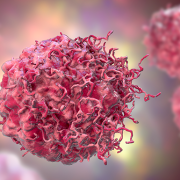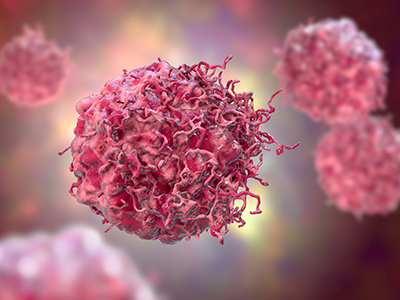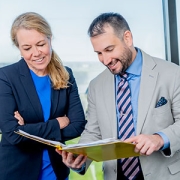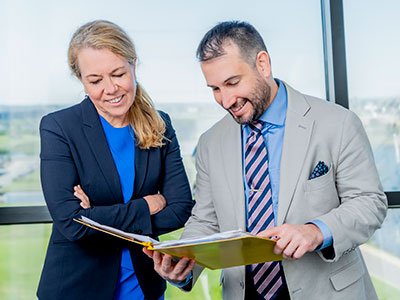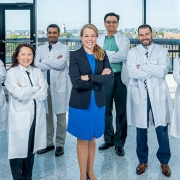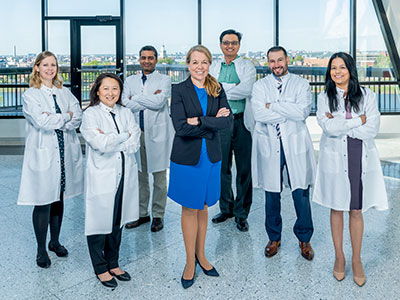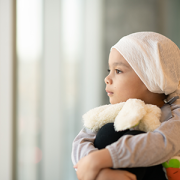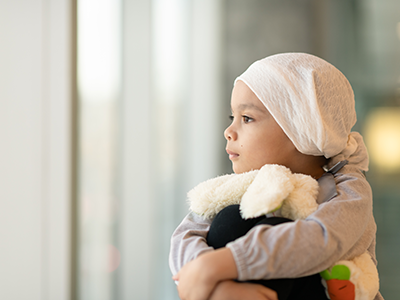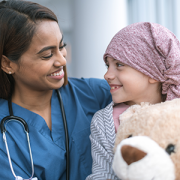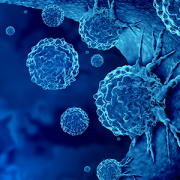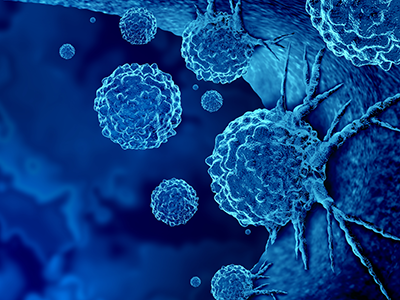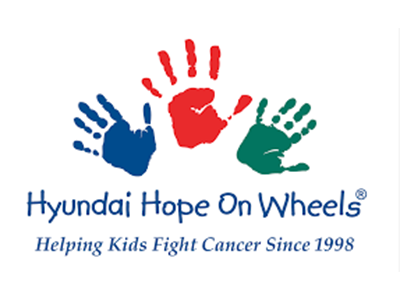Novel cell therapy treatments offer promise to immune-compromised children
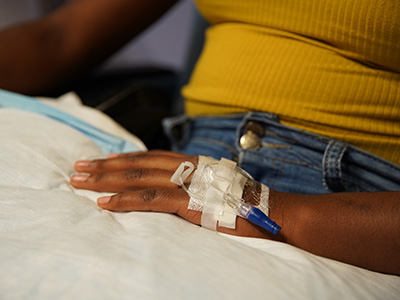
In a first-of-its-kind clinical trial, researchers found that intravenous therapies made from virus-specific T-cells (VST) can effectively treat immunocompromised pediatric patients, far surpassing the current standard of care, according to new research published in Nature Communications.
More than 60% of patients in the phase 2 clinical trial led by investigators from Children’s National Hospital and Huntsman Cancer Institute responded to the innovative VST therapy. This new treatment uses blood from healthy donors to manufacture a highly specialized immune therapy that, when given to immune-compromised patients, prompts their immune system to fight off potentially life-threatening viruses, including cytomegalovirus, Epstein-Barr and adenovirus. Without this therapy, estimates suggest that less than 30% of patients would recover, using standard protocols.
“A vast majority of our patients not only responded to the therapy, but they were able to come off their antivirals, which come with extensive side effects,” said Michael Keller, M.D., the paper’s first author and the Translational Research Laboratory director at the Children’s National Cell Enhancement and Technologies for Immunotherapy (CETI) program. “This promising data suggests hope for patients with rare immune-compromising diseases that leave them vulnerable to so much in the world.”
The study brings together experts from the Pediatric Transplantation and Cell Therapy Consortium (PTCTC) and the Primary Immune Deficiency Treatment Consortium (PIDTC) to create the first multi-center, pediatric-consortium trial of adoptive T-cell therapies for viruses. It also represents one of the first to include critically ill patients, who are often excluded from research.
Children’s National leads the way
Working alongside Catherine Bollard, M.D., M.B.Ch.B., director of the Center for Cancer and Immunology Research (CCIR), Dr. Keller and the CCIR team helped build an internationally recognized program, pioneering therapies to prevent complications from viral infections in immunocompromised patients. This includes patients with congenital immune deficiency and others who have undergone bone marrow transplantation for malignancies or non-malignant conditions, such as sickle cell disease.
While doctors can treat some immune-compromised patients for infections with standard antivirals, a small fraction don’t respond. Children’s National is one of a handful of hospitals in the country that has options. Over the last several decades, researchers have found ways to develop VST therapies made from banked T-cells, a more advanced application of how donated red blood cells are used to treat anemia.
In 2017, Drs. Keller and Bollard started collaborating with Michael Pulsipher, M.D.—now with Intermountain Primary Children’s Hospital and the Huntsman Cancer Institute at the University of Utah—to create a multi-institute clinical study. They combined the expertise at Children’s National in producing and banking cell therapy products with the community built around the PTCTC. Ultimately, they launched a clinical trial that was open to 35 centers in the U.S., enrolling 51 patients at 22 hospitals from 2018-2022.
“We wanted to prove that this potentially life-saving therapy could be given safely at regional pediatric centers that had never been able to use this approach before,” said Dr. Pulsipher, who served as the study’s co-principal investigator with Dr. Keller. “We united top experts in this area from the PTCTC and PIDTC and successfully treated some of the most challenging patients ever treated with this approach. Our findings helped define who can benefit the most from this therapy, paving the way for commercial development.”
The Good Manufacturing Practices (GMP) laboratory at Children’s National, led by Patrick Hanley, Ph.D., provided suitable VST therapies for 75 of 77 patients who requested to join the study. Clinical responses were achieved in 62% of patients who underwent stem cell transplants and in 73% of patients who were treated with VST and evaluated one month after their infusion. The paper laid out risks and clinical factors impacting outcomes when third-party donors are used to manufacture the VST therapies.
What’s ahead
Given that researchers are only beginning to develop cell therapies, work remains to understand the many ways they interact with the immune system. In a separate paper also recently published in Nature Communications, members of the multi-institute team documented a case of an infant with severe combined immune deficiency, who faced extremely rare side effects when the VST treatment interfered with her donor bone marrow graft. The case led the team to work with the Food and Drug Administration to identify criteria for VST donors enrolled in this study to mitigate complications.
In the decade ahead, Dr. Bollard sees promise in cell therapies for patients with cancer, immune deficiencies after transplant and dozens of other disorders, including genetic and autoimmune diseases. “Future studies will continue to look at ways to optimize the manufacturing, the administration and the long-term outcomes for these therapies—and to enhance the lifelong impact on our patients,” she said. “When we pair human ingenuity with the power of technology, I see tremendous potential.”
Acknowledgments: This study was funded with a nearly $5 million grant from the California Institute of Regenerative Medicine and was run through the operations center at the Children’s Hospital of Los Angeles, where Dr. Pulsipher was formerly on faculty.


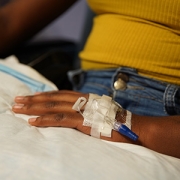
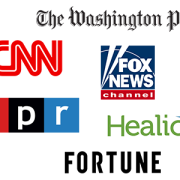
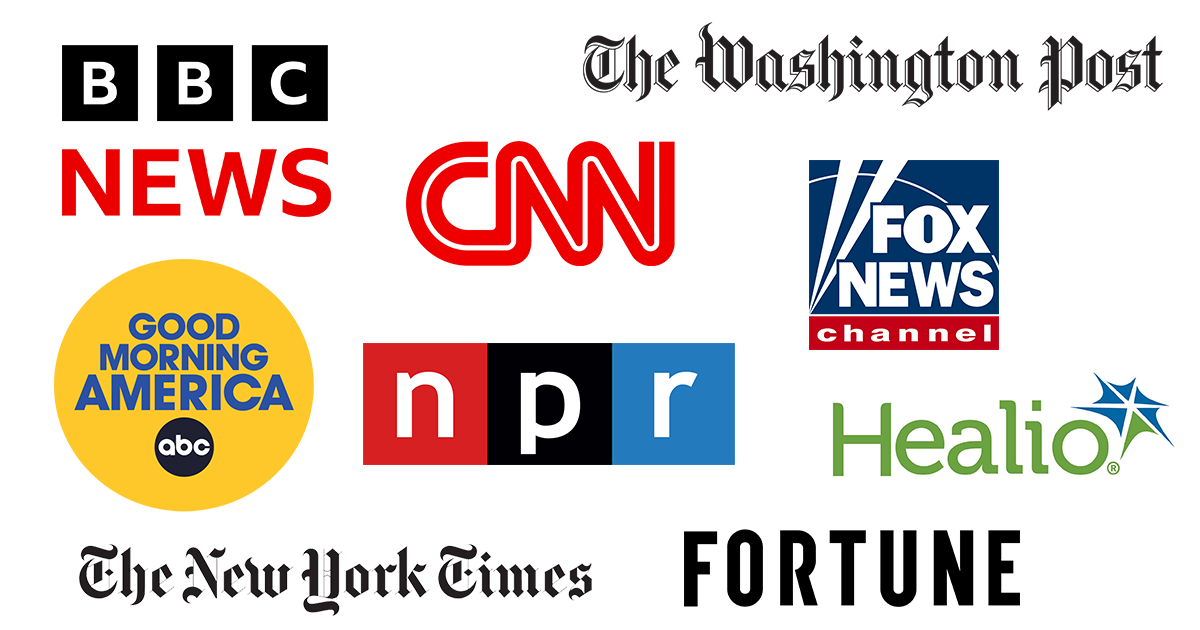

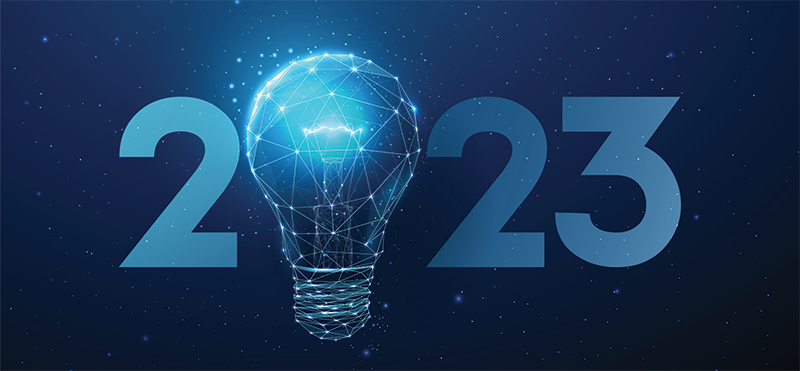 Advanced MRI visualization techniques to follow blood flow in the hearts of cardiac patients. Gene therapy for pediatric patients with Duchenne muscular dystrophy. 3D-printed casts for treating clubfoot. These were among the most popular articles we published on Innovation District in 2023. Read on for our full list.
Advanced MRI visualization techniques to follow blood flow in the hearts of cardiac patients. Gene therapy for pediatric patients with Duchenne muscular dystrophy. 3D-printed casts for treating clubfoot. These were among the most popular articles we published on Innovation District in 2023. Read on for our full list.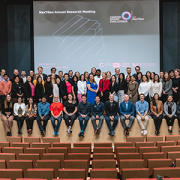
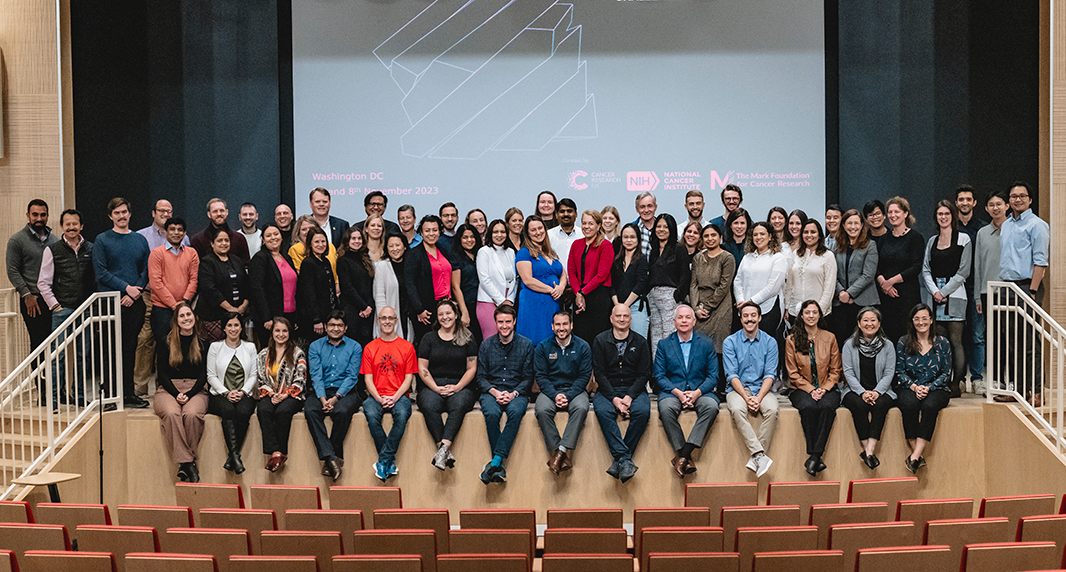
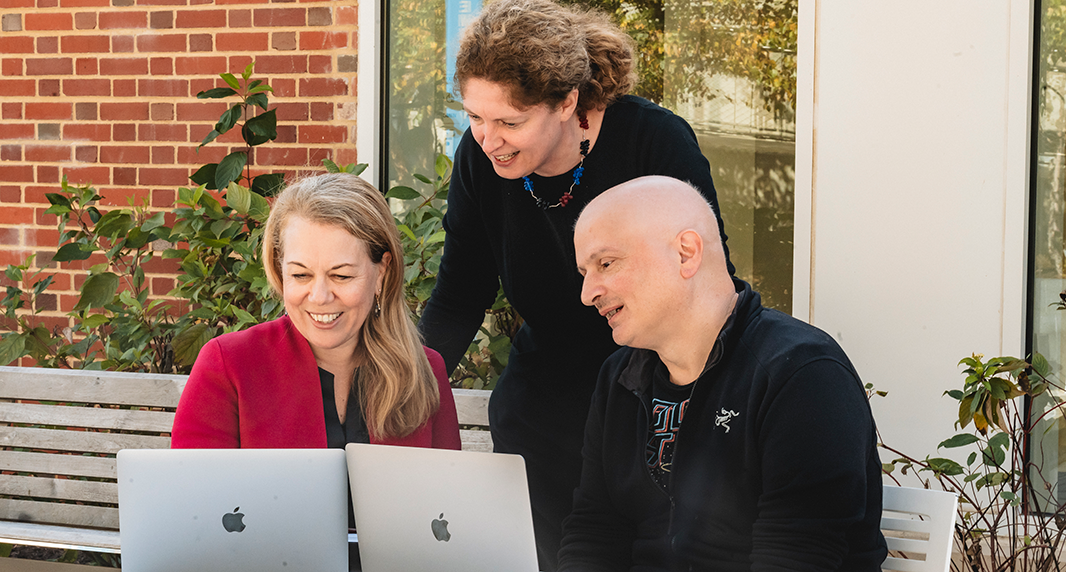
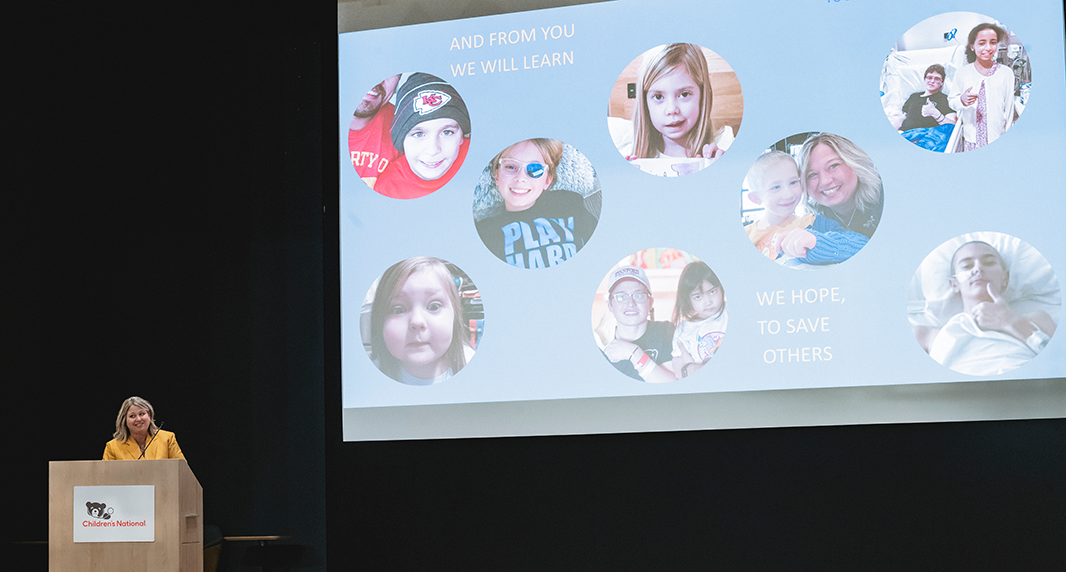
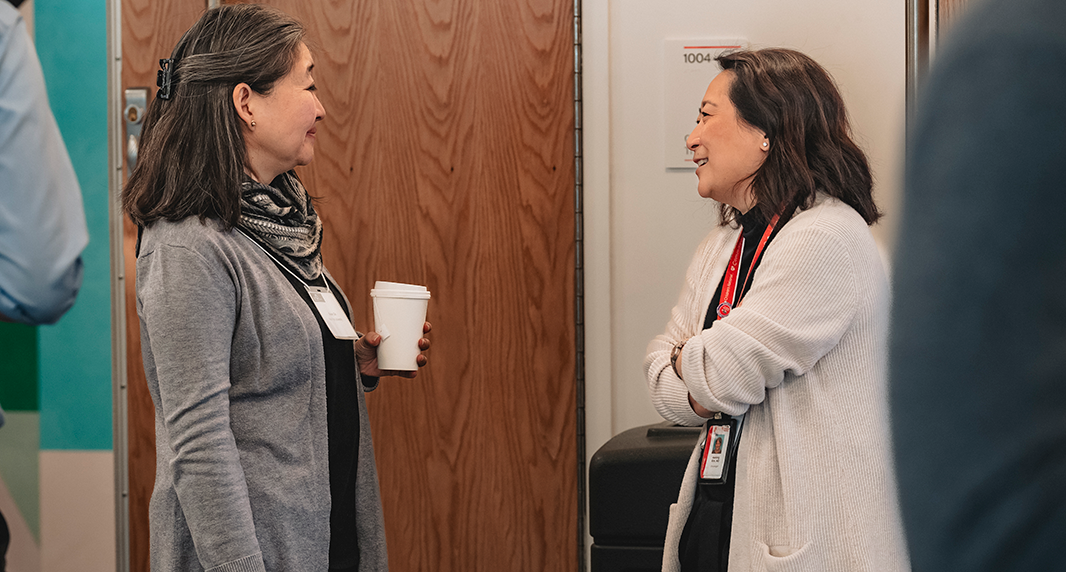

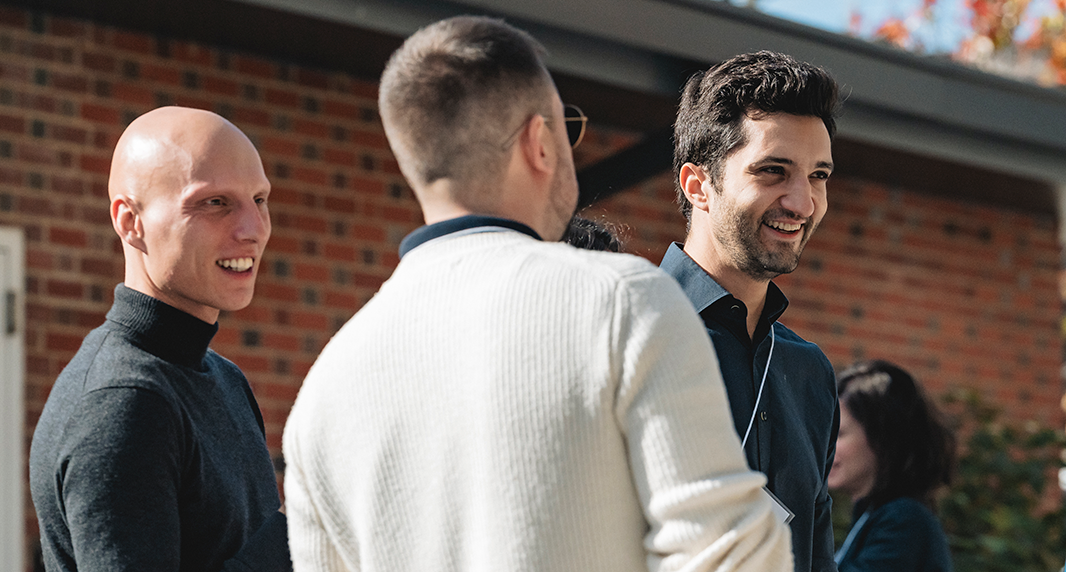

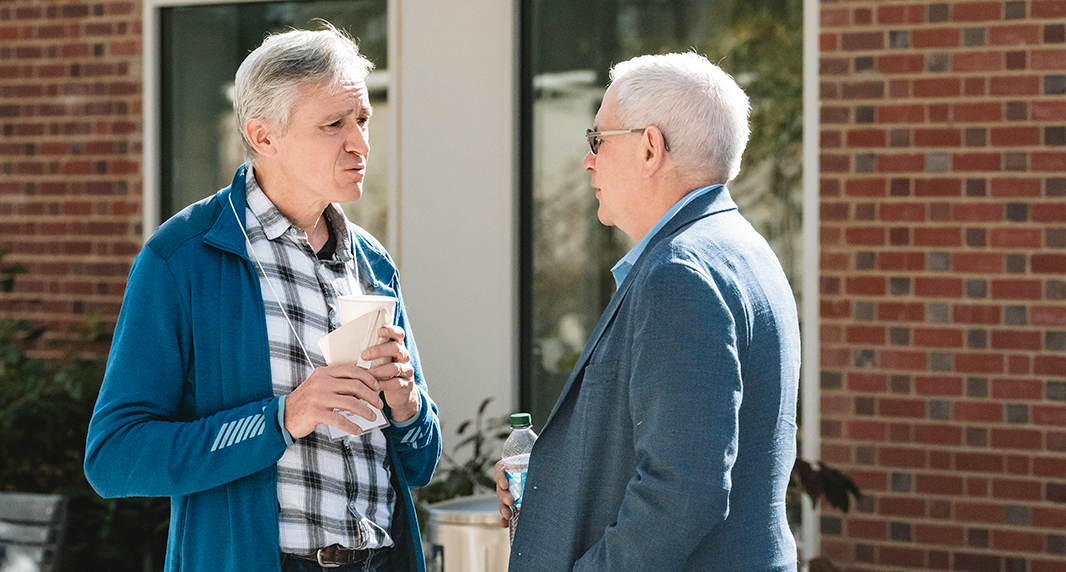
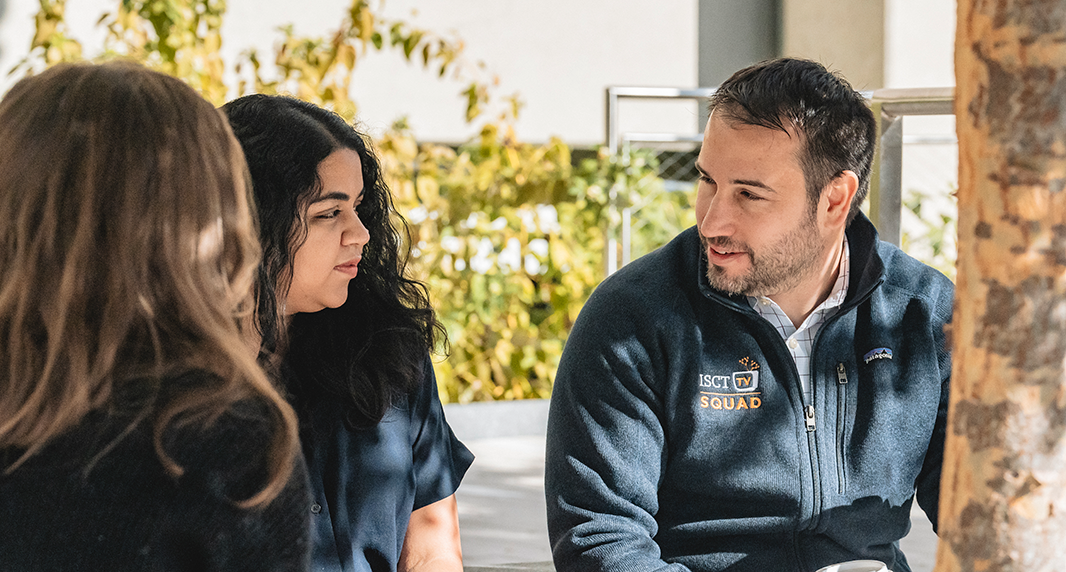

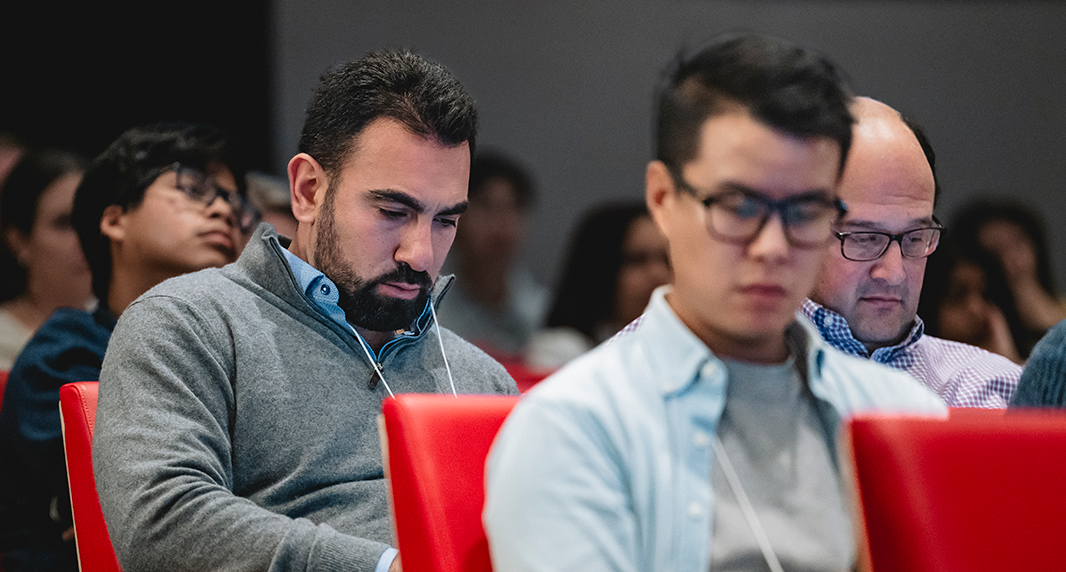
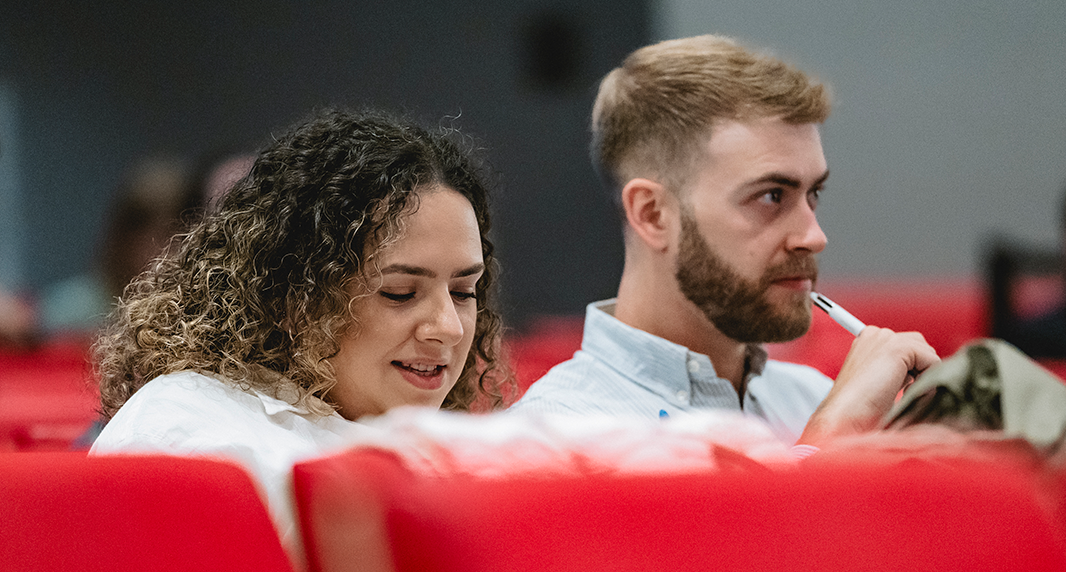
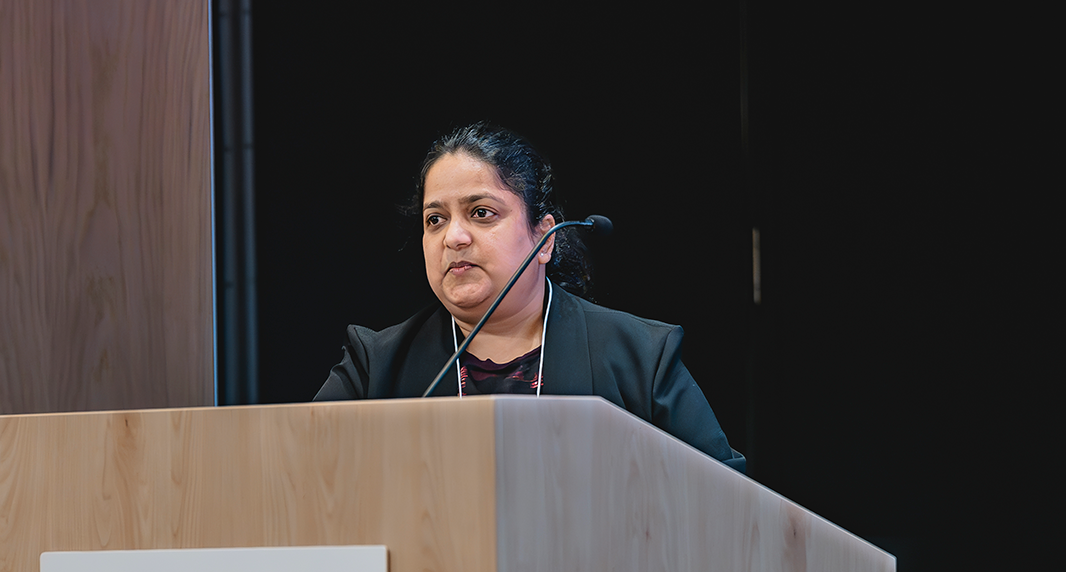
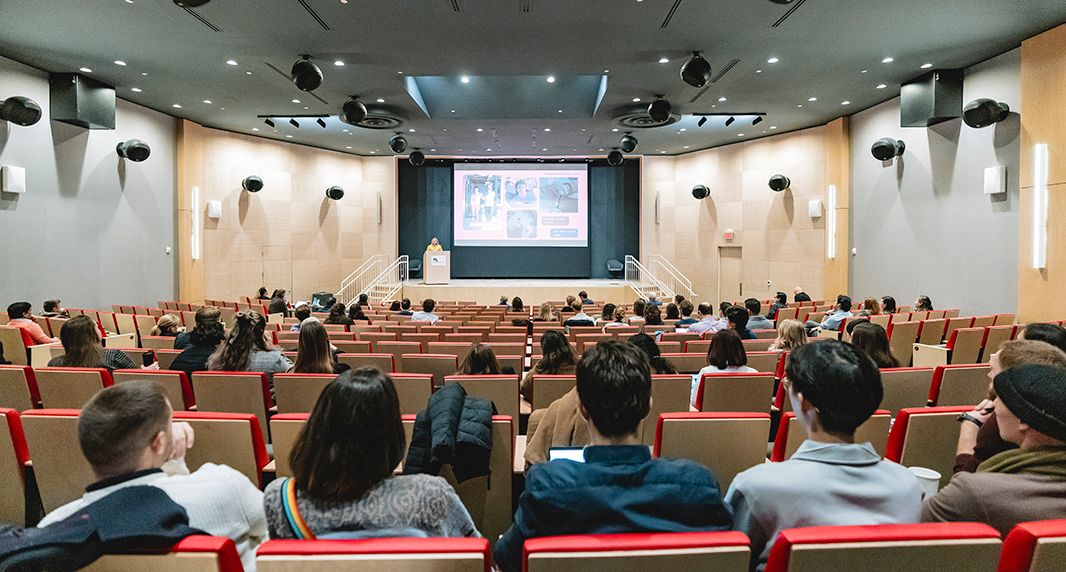
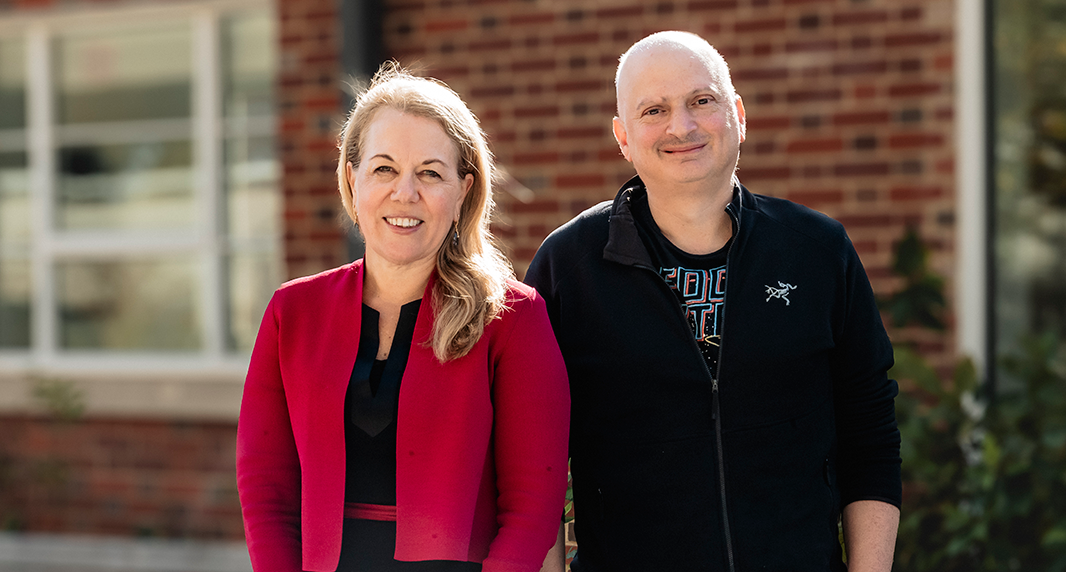
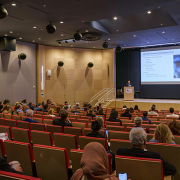

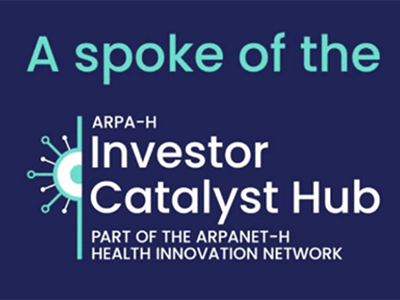 The hospital will advocate for the unique needs of children as part of nationwide network working to accelerate transformative health solutions.
The hospital will advocate for the unique needs of children as part of nationwide network working to accelerate transformative health solutions.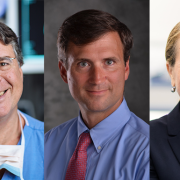
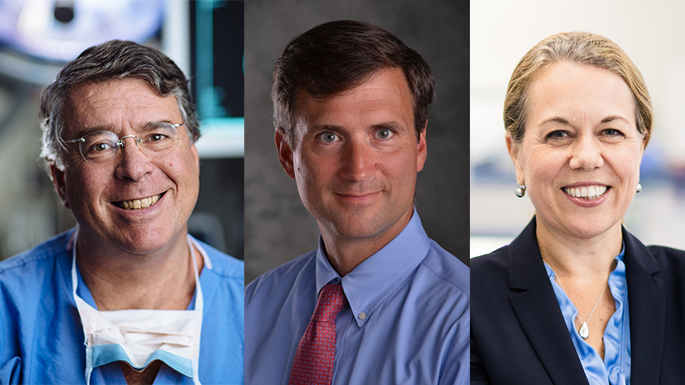
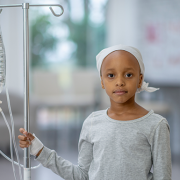

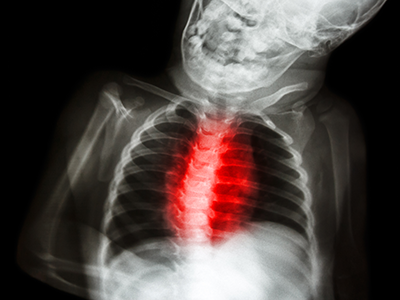
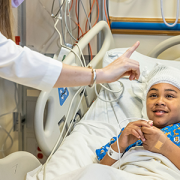
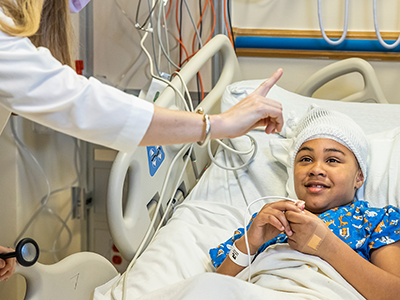 Children’s National Hospital announced a $96 million investment from an anonymous donor family to transform rare childhood brain tumor research and care. The donation, which strengthens our globally recognized leadership in the field, is one of the largest in the hospital’s history.
Children’s National Hospital announced a $96 million investment from an anonymous donor family to transform rare childhood brain tumor research and care. The donation, which strengthens our globally recognized leadership in the field, is one of the largest in the hospital’s history.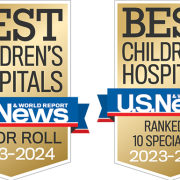
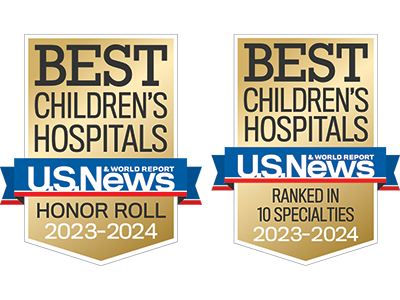 Children’s National Hospital in Washington, D.C., was ranked #5 in the nation on the U.S. News & World Report 2023-24 Best Children’s Hospitals annual rankings. This marks the seventh straight year Children’s National has made the Honor Roll list. The Honor Roll is a distinction awarded to only 10 children’s hospitals nationwide.
Children’s National Hospital in Washington, D.C., was ranked #5 in the nation on the U.S. News & World Report 2023-24 Best Children’s Hospitals annual rankings. This marks the seventh straight year Children’s National has made the Honor Roll list. The Honor Roll is a distinction awarded to only 10 children’s hospitals nationwide.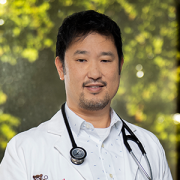
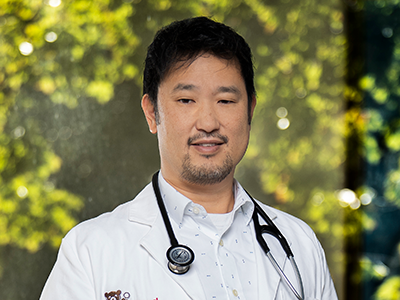 Children’s National Hospital named
Children’s National Hospital named 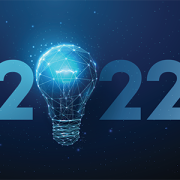
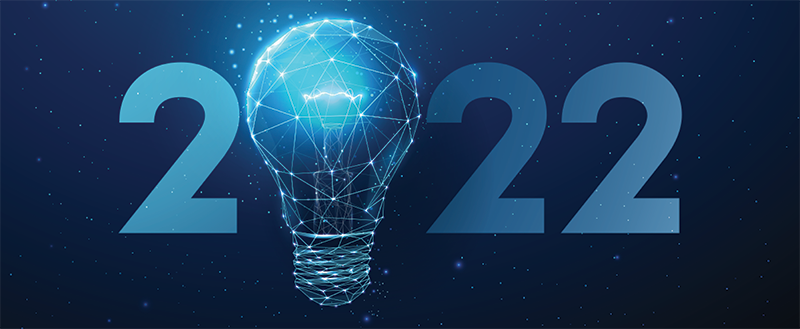 A clinical trial testing a new drug to increase growth in children with short stature. The first ever high-intensity focused ultrasound procedure on a pediatric patient with neurofibromatosis. A low dose gene therapy vector that restores the ability of injured muscle fibers to repair. These were among the most popular articles we published on Innovation District in 2022. Read on for our full top 10 list.
A clinical trial testing a new drug to increase growth in children with short stature. The first ever high-intensity focused ultrasound procedure on a pediatric patient with neurofibromatosis. A low dose gene therapy vector that restores the ability of injured muscle fibers to repair. These were among the most popular articles we published on Innovation District in 2022. Read on for our full top 10 list.